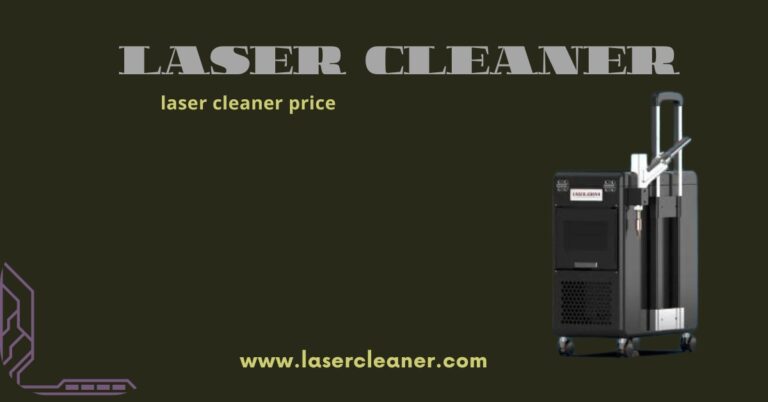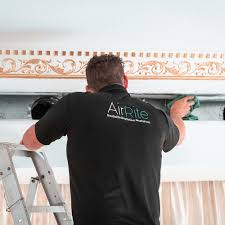The use of a Wood Laser Cleaner in the woodworking industry has gained significant attention due to its efficiency, precision, and eco-friendliness. Traditional wood cleaning methods, such as sanding, chemical treatments, and abrasive blasting, have many drawbacks, including the generation of waste, the use of toxic chemicals, and the risk of damaging delicate wood surfaces. In contrast, laser cleaning technology offers a more sustainable, effective, and precise solution for cleaning and preparing wood surfaces. Below are the key benefits of using a Wood Laser Cleaner in the woodworking industry.
1. Precision and Accuracy: One of the primary advantages of using a Wood Laser Cleaner is the high level of precision it offers. Laser cleaning allows for targeted removal of contaminants, such as dust, dirt, oils, and old coatings like paint or varnish, without causing damage to the wood surface. This level of accuracy ensures that delicate wood products, intricate carvings, or detailed designs are cleaned thoroughly without altering their structural integrity. Unlike traditional methods, where physical abrasion could lead to scratches or surface damage, the laser focuses solely on the contaminants, making it a safe and efficient method.
2. Non-contact Cleaning Process: Laser cleaning is a non-contact process, which means that there is no physical interaction between the cleaning equipment and the wood surface. This eliminates the risk of mechanical damage such as scratching, scuffing, or denting, which can be common with abrasive cleaning methods like sandblasting or wire brushing. The absence of contact also prevents wear on the wood, preserving its texture and finish. This is especially important when working with valuable or antique wood pieces where maintaining the original quality is critical.
3. Environmentally Friendly: One of the most compelling reasons to choose a Wood Laser Cleaner is its environmentally friendly nature. Traditional wood cleaning methods often rely on chemicals, solvents, or abrasive materials that can have negative environmental impacts. For example, sanding produces wood dust that can contaminate the air, while chemical treatments may release harmful fumes or waste into the environment. In contrast, laser cleaning uses no chemicals, solvents, or abrasives. The process is dry, and any waste produced is minimal, reducing environmental pollution. This makes laser cleaning an excellent choice for companies looking to adopt more sustainable practices and comply with increasingly stringent environmental regulations.
4. Cost-Effectiveness Over Time: While the initial investment in a Wood Laser Cleaner may be higher than traditional cleaning equipment, it offers long-term cost savings. Laser cleaning machines do not require consumables like abrasives or chemicals, reducing ongoing operational costs. Additionally, the high efficiency and speed of laser cleaning can significantly reduce labor costs. The machine can clean large areas or multiple items quickly, reducing the time spent on manual labor. Furthermore, laser cleaning systems have minimal maintenance requirements, contributing to their long-term cost-effectiveness. The combination of low operational costs and reduced downtime for maintenance ensures that companies achieve a faster return on investment (ROI).
5. Faster and More Efficient: Laser cleaning is typically much faster than traditional cleaning methods. It can clean surfaces in a fraction of the time it would take with hand sanding, chemical treatments, or abrasive blasting. This speed allows for increased production efficiency, especially in industries with high-volume output, such as furniture manufacturing or flooring production. Laser cleaning also eliminates the need for additional steps such as drying or ventilation, which are often required with chemical cleaning methods. This streamlined process can significantly improve overall productivity and reduce the time between cleaning and further processing or finishing.
6. No Risk of Surface Damage: Because the laser is highly controlled and precise, it can be adjusted to remove only the unwanted contaminants without damaging the underlying wood. This is particularly valuable in applications where the wood is sensitive or delicate, such as antique restoration or high-end furniture production. The laser cleaner removes coatings like paint, varnish, or adhesives without affecting the wood’s natural grain, color, or texture. This makes laser cleaning ideal for applications where preserving the quality of the wood is essential.
7. Increased Safety for Workers: Wood Laser Cleaners also improve safety in the workplace. Traditional cleaning methods, such as sandblasting, can generate dust that is hazardous to workers’ health, especially when dealing with wood types that may contain harmful substances like formaldehyde or other volatile compounds. Laser cleaning, on the other hand, does not produce harmful dust or particles, making it a safer alternative. In addition, there is no exposure to toxic chemicals, which can be a concern with traditional chemical cleaning methods. The reduced exposure to harmful materials improves overall workplace safety and protects workers’ health.
8. Versatility: Wood Laser Cleaners are versatile and can be used in a wide range of applications. Whether you are cleaning small wooden components, large panels, or intricate carvings, laser cleaning can be customized to meet specific needs. The machine can be adjusted to handle different types of wood, contaminants, and surface finishes. This versatility makes laser cleaning suitable for a variety of industries, from furniture manufacturing and cabinetry to flooring production and wood restoration.
9. Superior Surface Finish: Laser cleaning can improve the quality of the surface finish. Unlike traditional methods that can leave behind scratches or gouges, laser cleaning leaves the wood smooth and clean, ready for subsequent treatments such as staining, varnishing, or painting. The precise removal of contaminants ensures that the wood surface is free of debris, making it ideal for achieving a high-quality finish that enhances the appearance of the final product.
In conclusion, a Wood Laser Cleaner offers numerous advantages for the woodworking industry, including precision, efficiency, environmental sustainability, and cost-effectiveness. Whether for industrial-scale production or delicate restoration work, laser cleaning ensures high-quality results without damaging the wood. The process is safer for workers, more efficient in terms of time and labor, and kinder to the environment compared to traditional cleaning methods. As the demand for sustainable practices and high-quality products increases, the adoption of wood laser cleaning technology is expected to grow, helping businesses improve their operations while meeting modern environmental and safety standards.



















